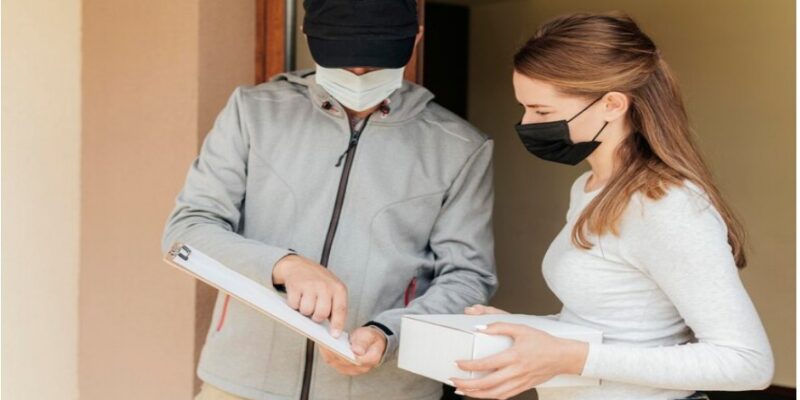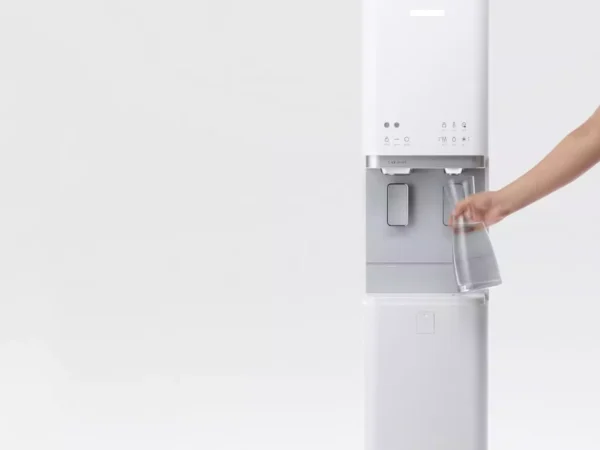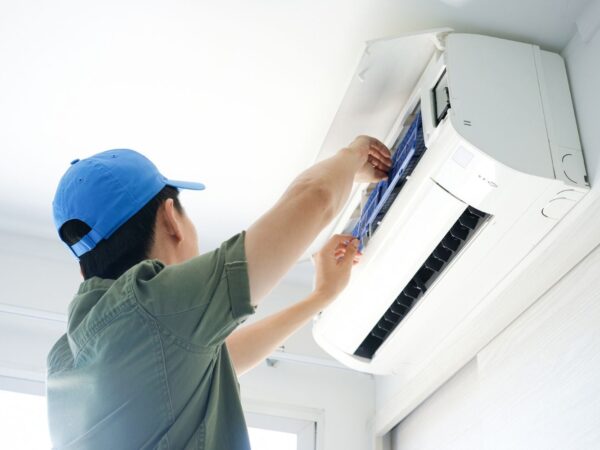Best Practices for Regular Home Safety Checks

Ensuring the safety of your home is a crucial responsibility for every homeowner. Regular home safety checks can help prevent accidents, protect your property, and provide peace of mind. These checks involve inspecting various aspects of your home, from electrical systems to fire safety measures, to ensure they are functioning correctly and safely.
This guide will outline the best practices for conducting regular home safety checks, providing you with a comprehensive approach to maintaining a safe and secure living environment.
Let’s get started on the essential steps to safeguard your home effectively.
Tips for Regularly Checking Your Home’s Safety
Here are some tips for regularly checking your home’s safety:
Maintain a Clean-Living Environment:
A clean home is a safe home. Regularly clean all surfaces, appliances, and rooms. Pay special attention to areas that might accumulate dust and grime over time. This includes the kitchen, bathrooms, and living areas.
In a similar way to house cleaning, this can help to maintain a healthy living environment while preventing the buildup of allergens, reducing the risk of pests, and promoting a healthier lifestyle.
Ensure Regular Deep Cleaning:
Deep cleaning goes beyond the daily cleaning routine. It involves a thorough cleaning of every nook and corner of your home. This includes areas that are not easily visible or accessible but are crucial for maintaining overall cleanliness and safety.
For instance, the ventilation system in your home plays a crucial role in maintaining air quality and should be cleaned regularly to prevent the buildup of dust and other particles.
Check Your Water Supply:
Regularly check your home’s water supply for any irregularities. This includes checking the color, smell, and taste of the water. Any changes could indicate potential issues. For example, if the water has a metallic taste or leaves a residue, it might be a sign of lead contamination.
It is similar to lead water testing, which can help ensure the safety of the water supply you are supplying to your family.
Create a Maintenance Schedule:
Regular home maintenance is crucial for safety. This includes checking the structural integrity of your home, maintaining electrical and plumbing systems, and ensuring all safety devices, like smoke detectors, are functioning properly. By regularly inspecting and maintaining these key areas of your home, you can help prevent accidents and potentially dangerous situations.
It is important to stay on top of maintenance tasks to keep your home in good condition and ensure your safety and that of your family. Ignoring these responsibilities can lead to costly repairs and put your loved ones at risk.
Final Words
Regular home safety checks are an essential part of maintaining a safe and secure living environment. By following these tips – maintaining a clean living environment, ensuring regular deep cleaning, checking your water supply, and creating a maintenance schedule – you can effectively safeguard your home. Remember, the safety of your home is not a one-time task but a continuous process that requires your attention and effort.





